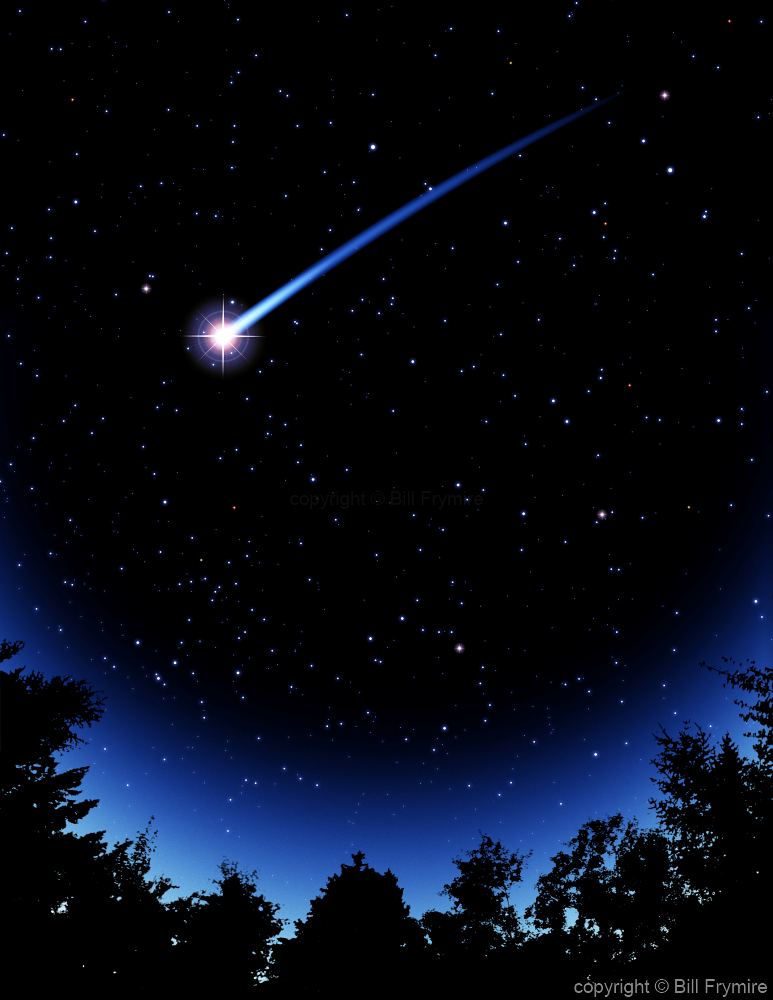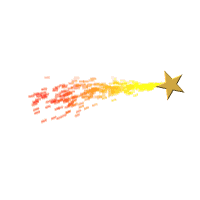


The debris that burns in the atmosphere is from a thousand-year-old cloud of dust left behind by the comet Swift-Tuttle.Īnother annual event is the Leonid meteor shower. It’s called the Perseid meteor shower, which is named after the Perseus constellation. One of the most notable annual meteor shower events happens in August. But, scientists know that at least 11 meteor showers occur every year. The position of these debris clouds can move due to influence from Jupiter and other planets. Astrophysics experts know when Earth moves through the debris trail. That’s because they come from the debris trail left behind by a comet.

But, the prevalence of those meteoroids is far greater. The same processes that create the streaks of light with meteors occur with meteor showers. During a shower, dozens of shooting stars will light up the night sky.

They occur at particular times of the year in distinct spots that astrophysicists can estimate. Meteor showers are a continual “rainfall” of shooting stars. Chances are, you’ll see at least one shooting star! If you’re lucky, you may even see one or two meteors a minute! Go before dawn, as the Earth’s orbit will expose your location to more space grit. To view shooting stars, visit a dark spot in the northern hemisphere. Telescopes are suitable for comets and planetary objects. For smaller pieces, that occurs in the upper atmosphere before you can even see the trail of light with the naked eye.Īll that said, it’s easier to look for shooting stars with the naked eye. As mentioned earlier, the intense heat causes the minerals to vaporize. The reason many people think they’re rare is that not all chunks are visible. Scientists estimate that waste enters our atmosphere every minute. There’s space debris all around our solar system. Shooting stars and meteors are more common than most think. Because it was so close, the resulting explosion damaged buildings and injured about 1,000 people! A 17-meter rock exploded a mere 12 to 15 miles above the ground. One of the most recent fireballs to occur happened in 2013 over Chelyabinsk, Russia. However, most will explode close to the ground first. The vaporization process can be so intense that it’s visible to the naked eye during the day! Big chunks of meteoroids can hit the ground and create a crater. Generally, the largest shooting stars are called fireballs or bolides. Larger meteoroids can enter the atmosphere, too. But, they certainly provide a beautiful show for stargazers! If they do manage to survive the “fall,” the resulting rock is called a meteorite. Most shooting stars don’t make it to the surface of our planet before they vaporize into nothing. Technically speaking, the flash of light is called a meteor. Those beautiful streaks of lights you see behind a shooting star? That’s the vaporization process. Most meteoroids vaporize upon entry into our atmosphere. This process creates intense friction that can heat the meteoroid to 3,000 degrees Fahrenheit!Įven the most resilient materials don’t handle that heat very well. On average, high-speed meteoroids travel at about 300,000 miles per hour! These space rocks enter Earth’s orbit before breaking through to the atmosphere. NASA studies them intensively to gather new information about the far reaches of space. They can tell us a lot about outer space and other planets. Smaller pieces of debris are called planetary dust.Įither way, shooting stars are nothing more than cosmic leftovers! Scientists believe that they are raw ingredient remnants from the creation of our solar system. They can do some significant damage to Earth’s surface but are rare. But, most are roughly the size of a pebble. Meteoroids can vary dramatically in size. When this debris is still floating in interplanetary space, it’s called a meteoroid. Most rocks become visible somewhere between 40 and 75 miles above the ground. But what are they?Ĭontrary to popular belief, shooting stars are not stars at all! Instead, they are small chunks of space debris that enters Earth’s atmosphere. There’s no denying that shooting stars are an awe-inspiring sight. Not only that, but something is “falling” from outer space every minute somewhere on Earth. Scientists and astronomers have studied them for years. Even today, some believe that shooting stars can grant a wish and unlock the mysteries of the universe!ĭespite what you might think, shooting stars are not rare. Many cultures saw them as messages from the cosmos or signs of the spirit world. Throughout history, these “falling stars” were so enigmatic that they were the stuff of legends. Shooting stars are the stuff of fantasy and mysticism.


 0 kommentar(er)
0 kommentar(er)
